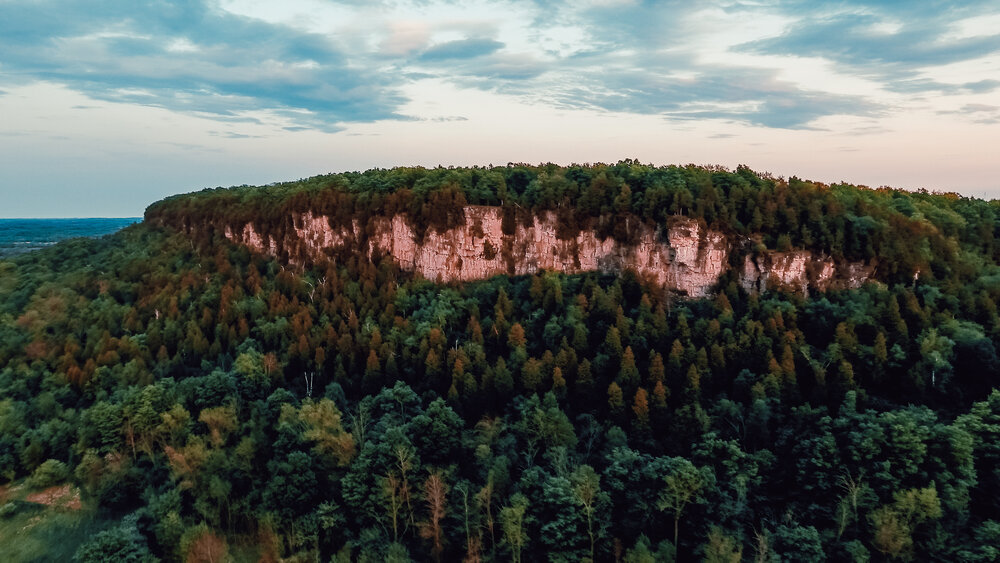Noise Pollution Closes Crags, so Keep Things Quiet
Some climbing areas in Canada are close to homes, so climbers have to keep their voices down or risk losing access

As the climbing season picks up across the country, many crags brace for what might become the busiest outdoor season to date. Last year saw climbers migrate from crag to crag, making for unprecedented challenges in regard to outdoor climbing.
In the country’s smaller crags, land managers act as the go-between for local neighbourhoods and natural spaces. Many of the crags in Ontario and Quebec feature some proximity to the more populated portions of suburban spaces. In areas like these, keeping noise to a minimum helps retain positive relationships with these land managers.
Whether that means keeping the power scream inside, leaving the speaker at home, or waiting to speak until you have walked by the area’s houses, efforts that keep noise to minimum during crag access can have a meaningful difference.
Outside of access issues, silence during another climber’s attempt is a pillar of crag etiquette. If you would not want someone yelling during your redpoint burn, then perhaps you might extend another climber that same courtesy.
The Turtle crag at Mount Nemo is one of the best introduction-to-climbing crags close to Toronto. The landowner had given permission to climbers to use the crag, but he changed his mind and said, “I got sick and tired of listening to people yell ‘go for it.'”
Below are some examples by two of the world’s best climbers, Adam Ondra and Chris Sharma (known for their redpoint screams), of how not to stick the crux at close-to-residential crags.


